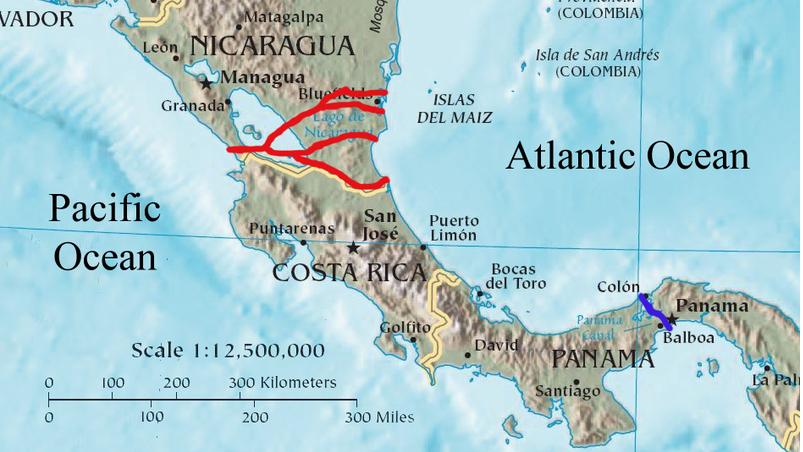Scientists Raise Concerns Regarding Nicaragua Canal Project

At the end of last year, the HKND Group, a China-based infrastructure-development group, officially announced that it had begun construction on the Nicaragua Interoceanic Grand Canal. The $50 billion project has aimed to offer a more efficient route for some of the world’s largest barges through the Americas to ports on both the Pacific and Atlantic Oceans. The canal will be 172 miles and could take up to five years to complete. The Nicaragua Canal will rival the Panama Canal, which is 51 miles long and can only handle barges up to 13,000 TEU. Once operational, the Nicaragua Canal could raise annual economic growth by an estimated 10%.
The HKND Group believes that the ever-increasing East-West trade volume and the shift-up in vessel sizes more than justifies the Nicaragua Canal project, which will accommodate not only the world’s largest barges, but will boast considerable fuel savings for shippers using the canal. For example, according to the HKND Group, from Shanghai to Baltimore the Nicaragua Canal route is shorter than the Suez Canal and Cape of Good Hope by 4,000 km and 7,500 respectively. This could result in fuel cost savings up to $1 million round trip.
Despite the immense benefits the canal presents, an international consortium of environmental scientists have recently raised concerns over the potential effects the canal could have on the ecological health of Lake Cocibolca.
In order for the Nicaragua Canal to connect to the Atlantic and Pacific oceans, it must intersect Lake Cocibolca, which is the main freshwater reservoir of Central America and the ninth largest tropical freshwater lake of the Americas. The lake is also home to some of the region’s most fragile ecosystems.
Some of the scientists’ top concerns include accidental oil spills from the 5,100 ships that will pass through the canal annually, the extinction of plants and fish due to invasive species brought by transoceanic ships, and the lasting damages that frequent dredging could have on aquatic life.
The scientists’ are also wary that the project will take a toll on the supply of fresh water for drinking, irrigation and power generation, and Nicaragua’s flourishing ecotourism.
In conclusion, the scientists acknowledged the benefits expected to come from the Nicaragua Canal, including the creation of new jobs and income to bring the nation out of extreme poverty, but requested that Nicaragua publicly outline a detailed assessment of the project that includes both a cost-benefit analysis and consideration for the environment, among other things.
